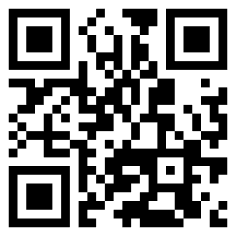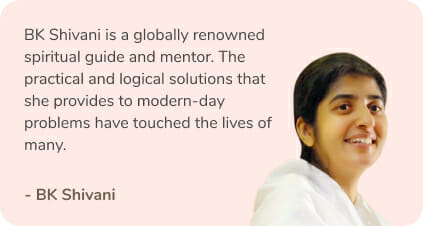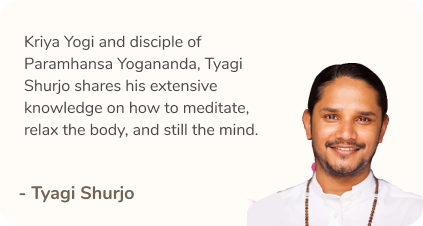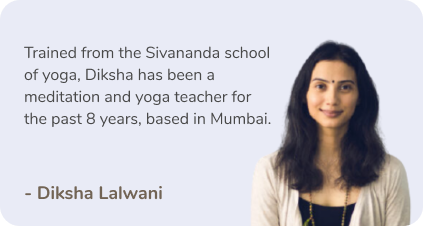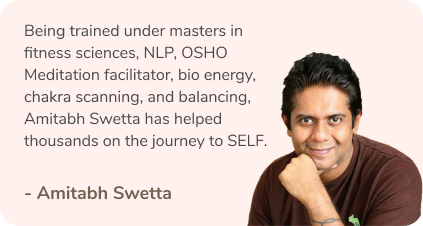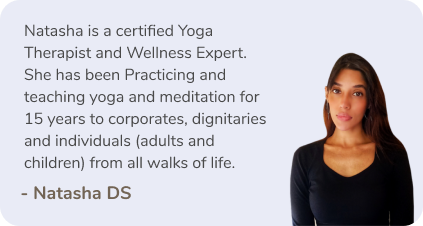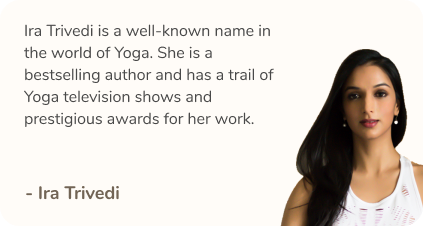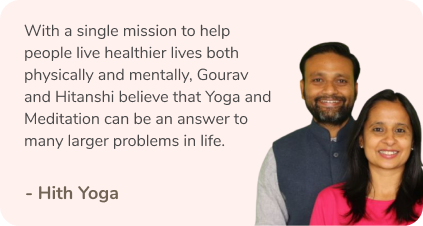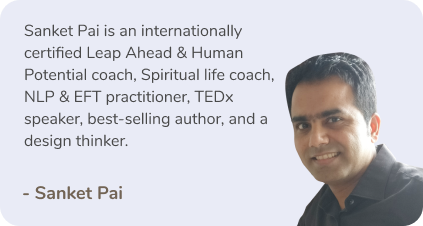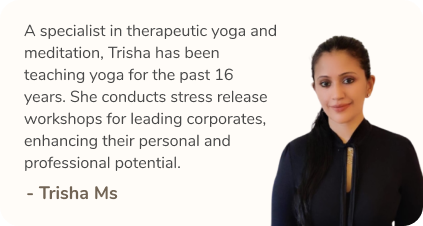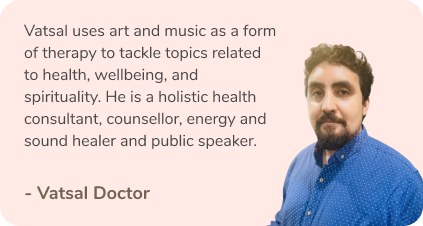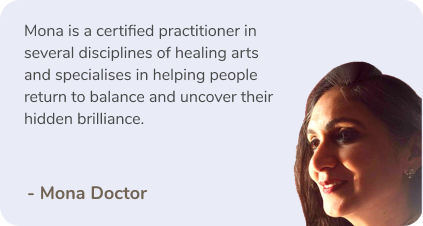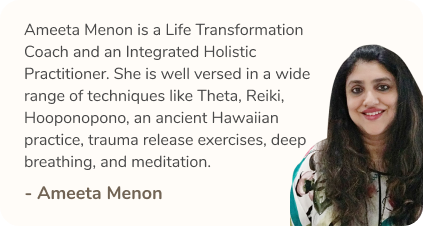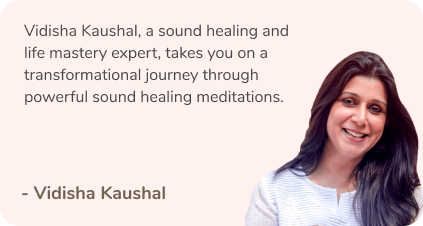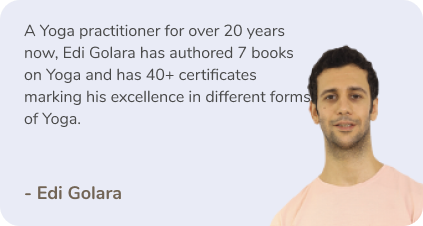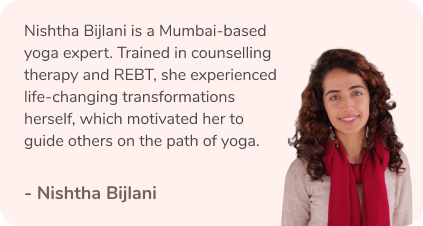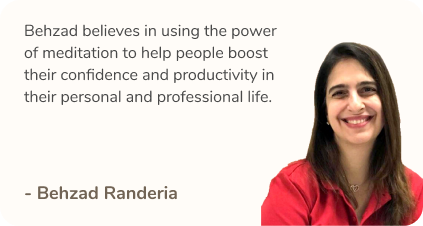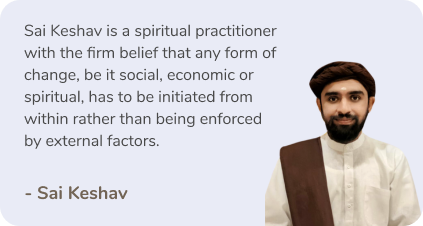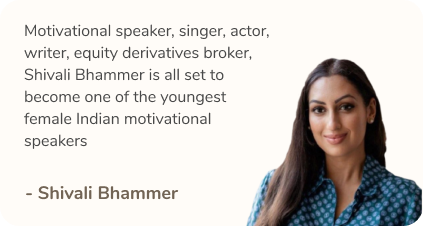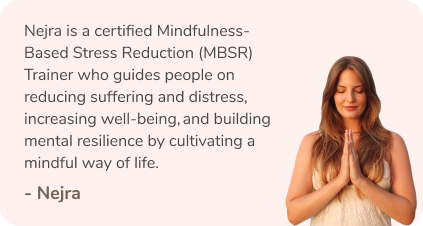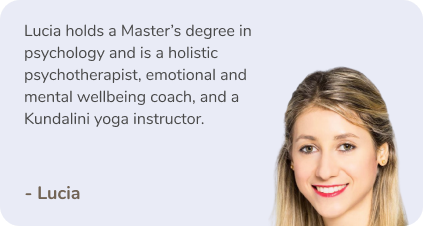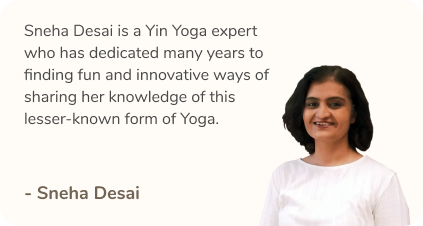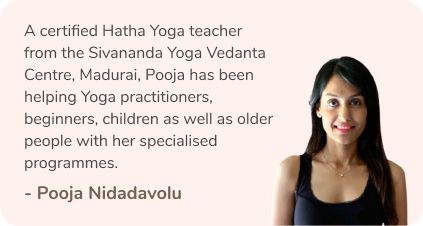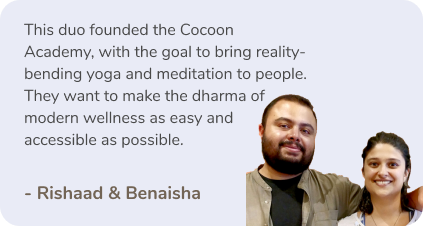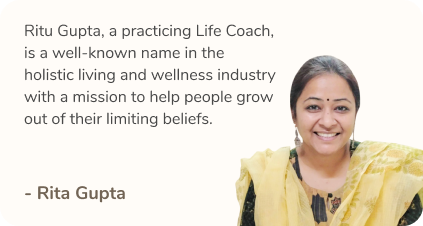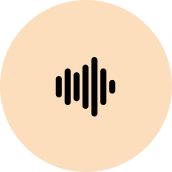When you start meditation, the first thing you’ll hear is focus on your breath. As basic and simple as it sounds, focusing your attention on your breath can help settle your mind and start a mindfulness practice that deepens your sense of self. Though most of us generally nod our heads in agreement, and try to do it, we end up overlooking the simple act of deep breathing as it seems mundane. Despite being absolutely crucial to our well-being, we find it difficult to practice breathing exercises. However, deep breathing techniques can bring you to the present moment, calm the mind, and sharpen your focus when faced with adversity and stress.
What Are Deep Breathing Techniques?
The most simple way of practicing deep breathing techniques is to practice mindful breathing by focusing on every inhale and every exhale. You can do this in office, in bed, while standing at the train station, while driving, or absolutely anywhere. Your eyes can be closed or open but the main goal is to maintain your focus. We fail to realise but when we’re stressed and overwhelmed, our breath rate rises. Regular practice of deep breathing techniques can help you overcome difficult situations with calm and ease.
What Is Diaphragmatic Breathing?
Deep breathing, which is also known as mindful breathing or diaphragmatic breathing can alleviate symptoms of stress and anxiety. Diaphragmatic breathing differs from normal or thoracic breathing, which comparatively is shallow breathing. Once the diaphragm contracts, it moves lower and causes the chest cavity to enlarge, thereby reducing the pressure inside our lungs. This allows us to inhale and take deeper breaths. With such conscientious deep breathing more oxygen begins to flow throughout our bodies.

Why Do We Need Right Breathing Habits?
Newborns can breathe through their diaphragms. As they grow up, they start to forget how to use their diaphragms and start breathing through their chest and neck.
As adults, the muscles of our neck and chest works instead of our diaphragms. The issue with breathing out of the chest and neck is that it creates more pressure on the muscles of that areas.
This causes shoulder tension and decreases the volume of each inhalation. This is because we are not using the strong muscle of our diaphragm, thus, we are not getting as much oxygen as we ideally could.
Benefits Of Diaphragmatic Breathing
- It soothes the nerves and relaxes the body and mind, as it lowers the cortisol levels. Hence, it is highly recommended during yoga practices or meditation.
- It lowers your heart rate as well as your blood pressure.
- It helps you cope with any kind of stress or even PTSD (Post-traumatic Stress Disorder).
- It improves your core muscle stability and your body’s ability to tolerate intense exercise.
How To Breathe Through Your Diaphragm?
Despite its obvious benefits, it is not an easy task to breathe through your diaphragm, and needs some practice. In order to activate your diaphragm, you should take deep breaths through your nose.
Diaphragmatic breathing is extremely propitious for your entire body. All meditation and relaxation techniques are based on it. It ensures your holistic well-being.
If you struggle with focus while meditation, watch this simple lesson by BK Shivani.
Read more: 14 Simple Ways You Can Practice Self-Love
Like & Follow ThinkRight.me on Facebook, Instagram, Twitter, Pinterest and Telegram to stay connected.

